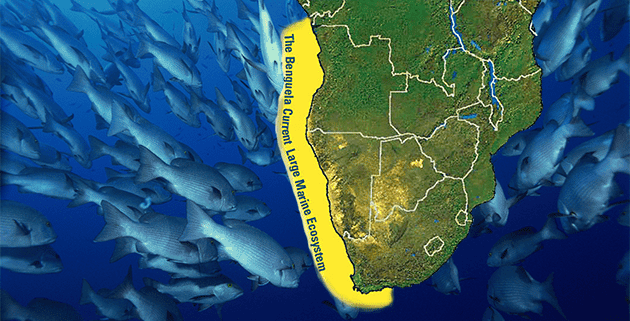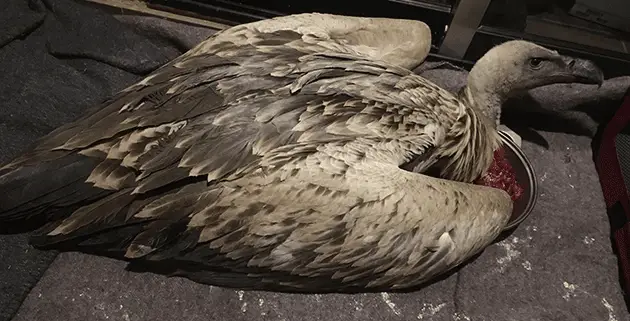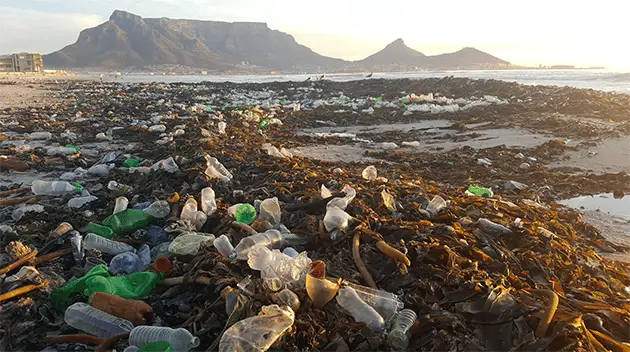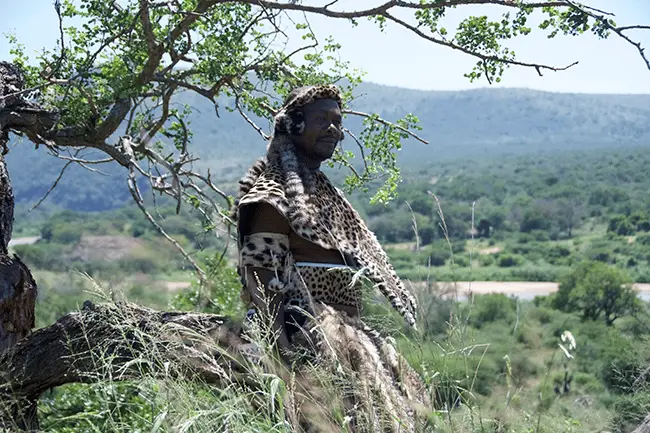The Impact of Drought on SA’s Wildlife Environment
To provide a better understanding of Tourism Tattler’s feature regarding the impact of drought on South Africa’s game reserves and wildlife environment – and with specific reference to the Hluhluwe Imfolozi Park (HiP) reserve – I have repeated an article written for my newsletter by Tony Whateley, who was doing research in the early days under Ian Player.
In those days the goal was to manage biodiversity first, in the belief that wildlife health will follow. When wildlife health was good it brought in tourists. Today this philosophy has been turned on its head, as influence from Joe Public prevents normal wildlife management. Many of these guys from the old days will happily admit that they made many mistakes, but will quickly remind you that they learned from those mistakes. What beats them up is that outside influence is going to have long-term consequences to the biodiversity. If grassland is replaced by woodland – then there is less capacity to hold the specialist grazers – like the white rhino. In Kruger last year, there were Hippo carcases scattered all over the show. The question we should be asking is if Hippos are dying, then surely Rhinos have also been dying.
By Andrew van Heerden and Anthony Whateley.

The concern expressed by John Forrest in a recent article in the journal Oxpecker that mortality among white rhino in South Africa due to present drought conditions could exceed numbers poached, made me consider the early 1980s drought in Hluhluwe iMfolozi Park (HiP) and additional factors that might now influence mortality.
Drought conditions particularly affecting white rhino in HiP is certainly serious cause for concern, especially when compared with a drought in the early 1980s. Additional factors that are considered to increase the impact of the present drought and that could have far-reaching effects are:
- a reduction in grazing lawns
- large numbers of buffalo
- an increase in large carnivores
- and siltation of rivers.
1. Grazing lawns
Until the mid-1970s well-utilised grazing lawns in HiP were interpreted by managers as ‘overgrazed’ areas. The response was to remove large numbers of short grass grazers such as white rhino, wildebeest, warthog and impala. Although widespread seedlings of woody species, such as Dichrostachys cinerea and Acacia karroo were also present in these areas of short grass, where the effects of fire were absent, they were much slower to become established beyond seedling leaf stage due to them being constantly included in grazing pressure. With a consequent reduction in grazers, these woody species often became successful as ‘bush encroachment’ while still being protected from fire. Over the past 40 years, bush encroachment has gradually and dramatically reduced optimum white rhino habitat in HiP and in many areas been replaced by woodland and in the north of the park, even forest.
Bush encroachment is likely to continue in HiP due to lack of fire and its frequency as a result of drought, further reducing grassland habitat while continuing to change historic savannah landscapes.
In 1972 there was an estimated 2,229 white rhino in HiP and in 1976 1,629. I have no accurate figures for 1980, although, high mortality during this drought took place despite 616 white rhino being removed during 1979 and 1980, which amounted to about a third of the total population. At present, there is about 1,700 white rhino in HiP. This equates to a similar population size of that in 1976 when 40 years ago grazing lawns were far more widespread and annual rainfall was above average during the years 1973-1977.
2. Buffalo
In 1972 there were an estimated 2,195 buffalo in HiP with the first removals taking place in 1974. These early removals were aimed at providing increased fuel in the form of tall grass, which, when burnt, was hoped to arrest unwanted woody growth (bush encroachment) as it was beginning to be realised to be a major problem. However, during 1979-1981, 961 buffalo were removed primarily because of drought conditions. Although I have no population estimates of buffalo for 1979 in 1976 there were an estimated 2,428 in HiP which emphasises the high percentage considered wise to remove prior to and during the drought.
At present, (January 2016), I understand no buffalo have been removed. Despite a severe drought and wise lessons of past management, about 6,000 buffalo exist. With an additional 700 elephant, they will both compete with white rhino for diminishing forage and particularly water, especially in the case of the elephant. (Young elephants were only re-established in 1982).
Regarding elephant numbers in HiP and their re-establishment in 1982, a figure of a maximum of 500 was calculated based on elephant densities and rainfall figures in other parts of southern Africa at the time. With a superabundance of forage in HiP this figure has already been exceeded.
There will be many Zulu who will remember the early 1980s drought when thousands of their cattle died surrounding HiP, and when large numbers of animals were culled in HiP and exported with no benefit to them at all, while simultaneously the South African Red Cross organised food for them.
If, or when, any buffalo are removed from HiP I would hope that this time, providing TB is not a stumbling block, some meat could be distributed to hungry Zulu neighbours.
3. Predation
Large carnivores benefit from the present drought conditions in HiP due to an abundance of easily available food. This will in time further contribute to a decline in many herbivore species as carnivore numbers increase. Over the past 20 years, many herbivores have already declined in numbers due to a combination of loss of suitable habitat (mainly savannah grassland) and predation, while drought conditions will now only exacerbate their plight. This clearly is a classic example of HiP being a ‘predator pit’ and many large carnivores need to be removed. (Wild dog were only re-established in 1980 as juveniles and played no part in the early 1980s drought. While lions numbered about 100 at the time).
4. Siltation of rivers
Continued siltation and reduced flow in all the large rivers in HiP is yet another problem during low rainfall years. This is because deforested catchments outside of the park can no longer easily retain water while being prone to heavy grazing and soil erosion. Although the term ‘perennial’ was used to describe some of these water courses 40 years ago, ‘seasonal’ is now a more applicable description. The loss of riverine forest in the south of the park during cyclone Demoina in 1984 has created wide shallow water courses where the riverine forest is unlikely to become re-established due to seasonal flash flooding and unstable banks.
While accepting that tourism plays an essential role in the continued survival of HiP, drought conditions certainly accentuate the limited size of this island-like park. It reveals the need to reduce popular game viewing species such as white rhino, buffalo, elephant and lion.
Anthony Whateley ex NPB.
About Andrew (Bugs) van Heerden: Bugs publishes The Conservation Imperative – an informal, unaffiliated organisation created for the purpose of promoting the philosophy of sustainable utilisation of wildlife in accordance with the IUCN’s sustainable use policy across the full spectrum of wildlife management practices. Bugs is also the owner of a game farm in KwaZulu-Natal, and owns shares in a private game reserve in Botswana.
About Anthony Whateley: Anthony is a retired Natal Parks Board game ranger and author of ‘I Think of Africa’ – a memoir of his life in the bush, his colleagues, zoological and botanical work, close encounters with big game, and problems facing managers and scientists.





